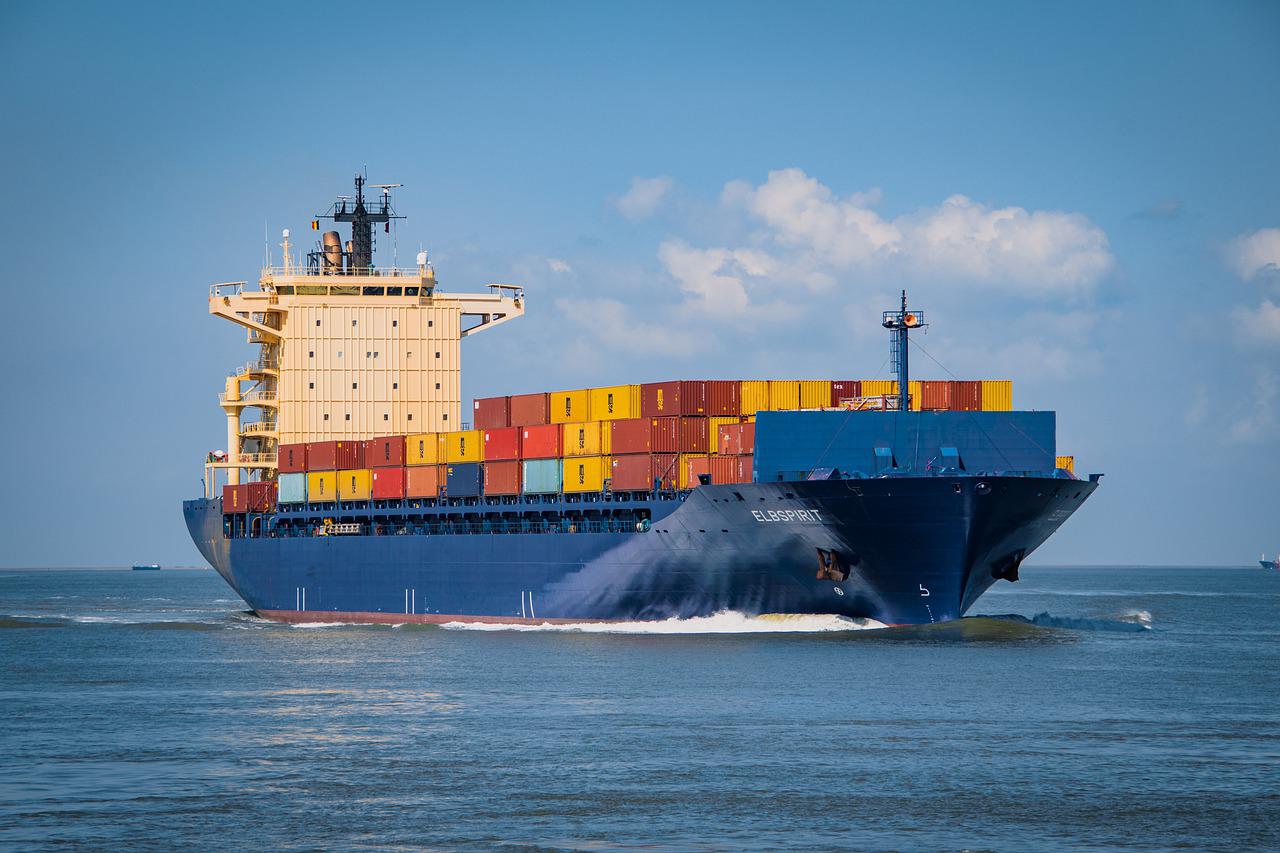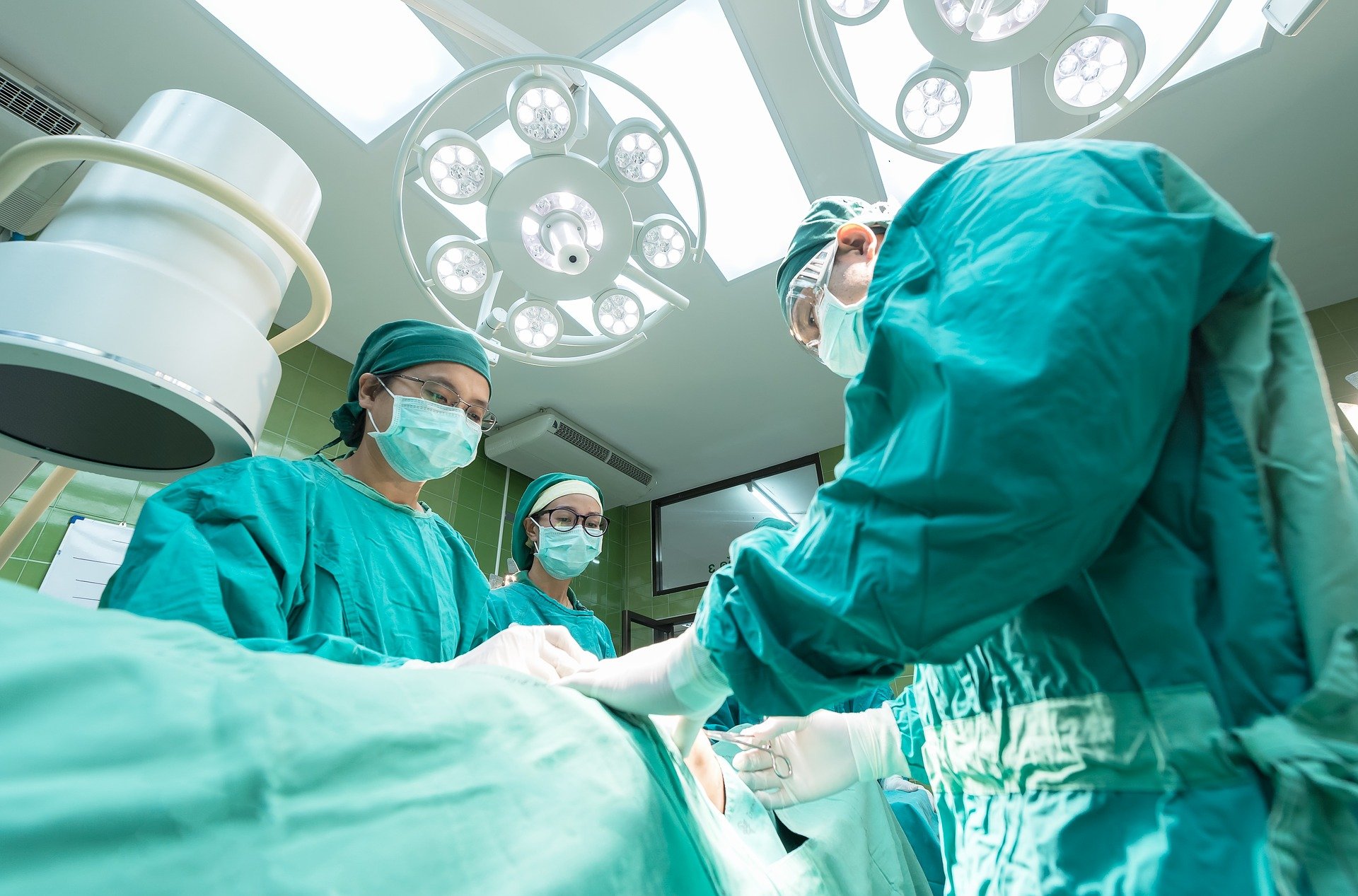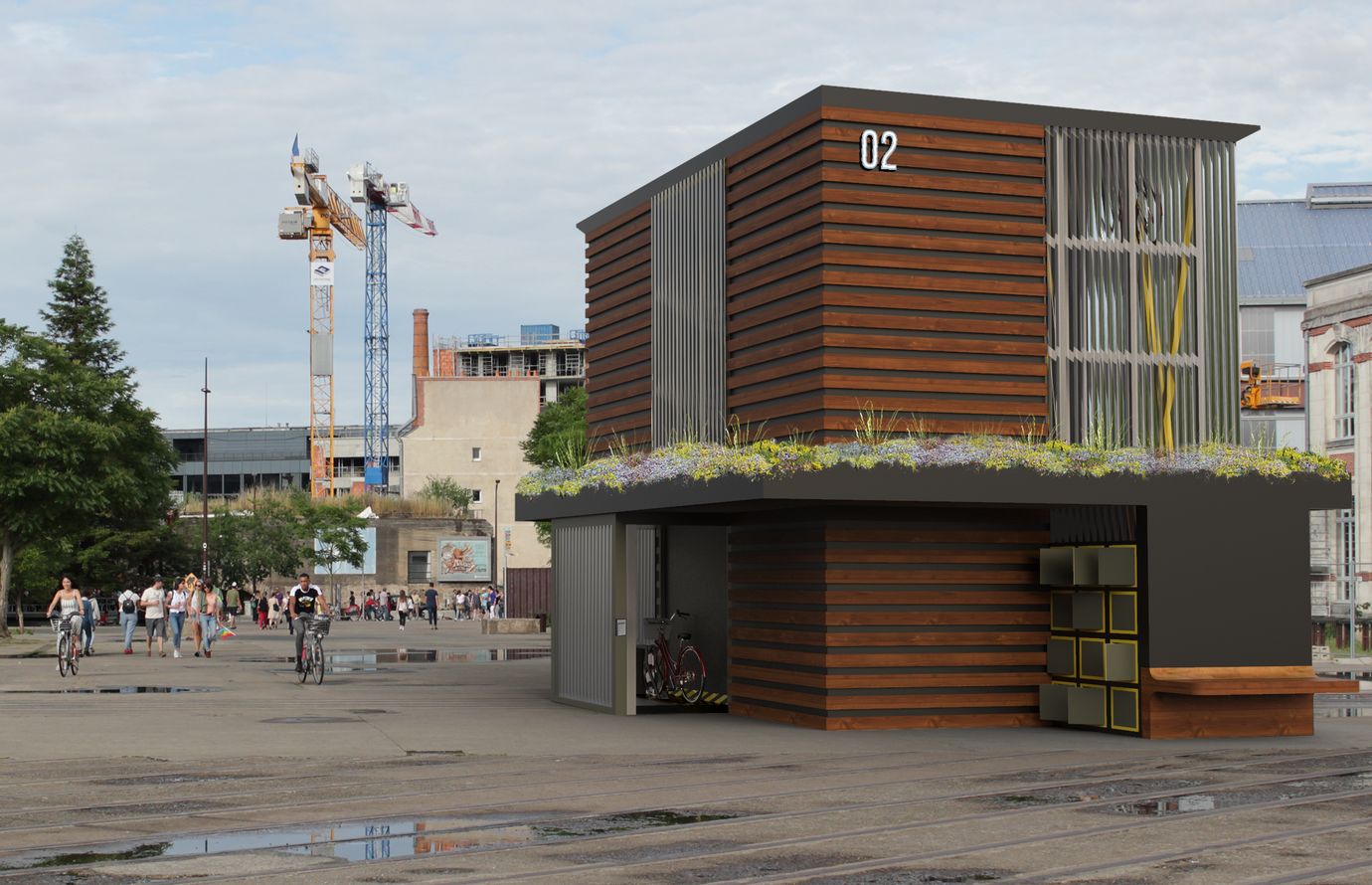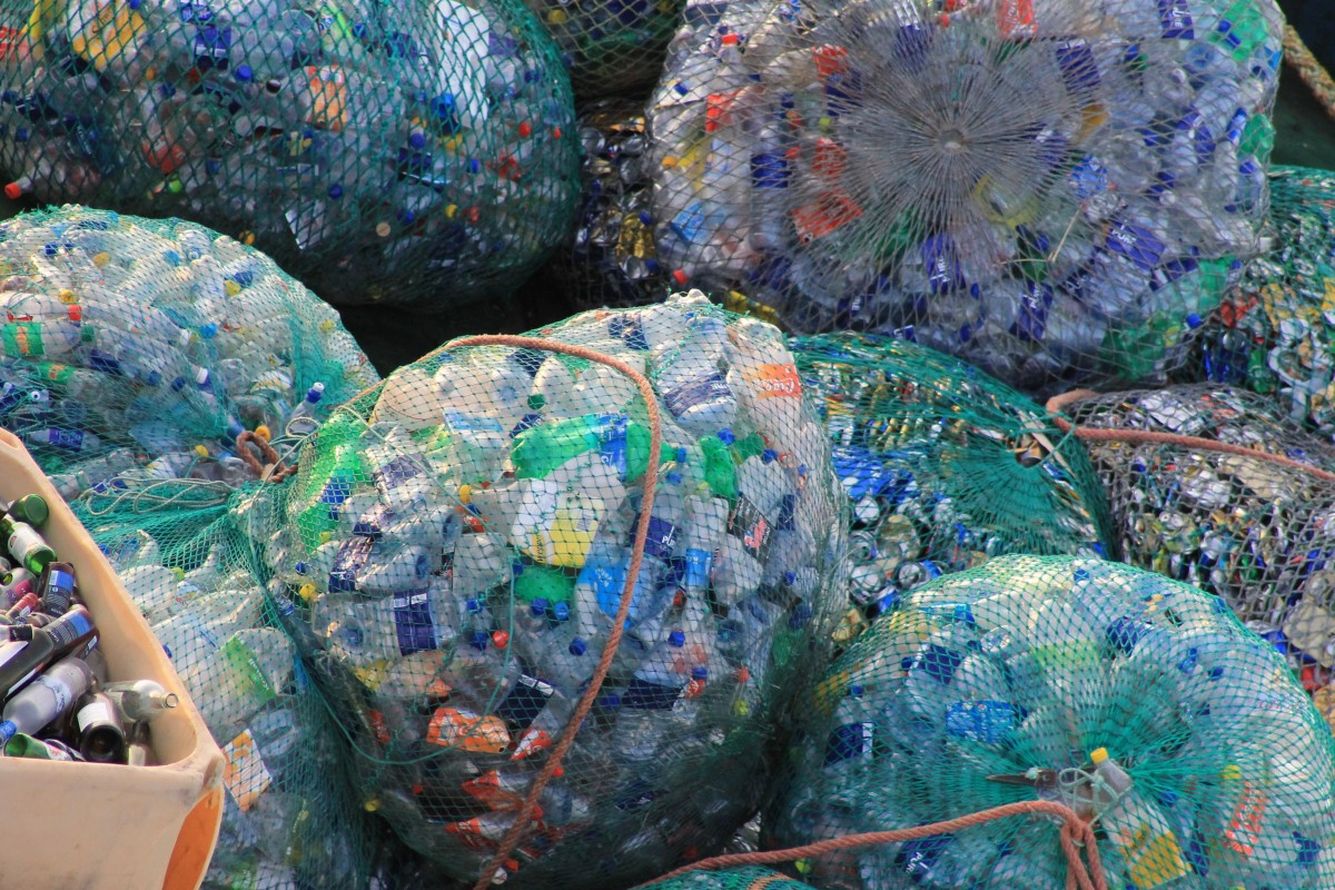Measuring pollution emissions from maritime transport
While road traffic pollution is now strictly controlled, the same cannot be said for the maritime sector, with its different fuels, engine types and regulations that differ depending on the shipping area. The EMINAV project, funded by Ademe to the tune of €258,000 for three years, aims to assess the pollution emitted by maritime transport as thoroughly as possible. Interview with Aurélie Joubert, a researcher at IMT Atlantique and a partner of the project.
EMINAV will strengthen the CAPNAV project already implemented by the consortium. What needs do they meet?
Aurélie Joubert – Despite the introduction of a limit on the authorized sulfur content of maritime fuels and the definition of sulfur emission control areas (SECA) by the International Maritime Organization, particle and gas emissions from ships are a major issue for health and the environment, particularly in port areas. Between 2006 and 2020, the contribution of maritime transport to the emissions of PM 2.5 fine particles in the Mediterranean Sea increased by 45%.
Read also: What are fine particles?
Technological solutions exist to limit atmospheric emissions, including depollution systems such as scrubbers, which are particularly effective for reducing SOx emissions, and LNG (liquefied natural gas) engines which reduce emissions of the main pollutants (fine particles, SOx, NOx and CO2) but can emit unburned methane – a major greenhouse gas – into the atmosphere. Another solution is the use of fuel additives, which has already been implemented in the road transport sector for heavy goods vehicles.
Today, there is a real need to quantify the pollution emissions of ships, with a distinction between periods of full-load engine power and maneuvering in ports, and to evaluate the benefits that technological solutions could bring in terms of atmospheric emissions.
What is the goal of EMINAV?
AJ – The EMINAV project complements the current CAPNAV project on the characterization of fine particles emitted by maritime transport for both classic diesel power and LNG engines. The EMINAV project aims to extend the analysis of atmospheric emissions to all pollutants. The project will increase knowledge on the nature and concentration of gaseous and particulate pollutants emitted by maritime transport and, in particular, quantify emissions of pollutants such as NOx, SOx, CO gases, methane from LNG engines and BTEX and PAH compounds.
What technology will be used to achieve this objective?
AJ – Fumes are sampled directly from the funnel and analyzed during measurement campaigns on ships belonging to Penn Ar Bed (classic engines with and without additive solution in the fuel) and Brittany Ferries (LNG engines), who are both partners of the project. Given the effects of fine particle and gaseous compound emissions on health and the environment, it is necessary to analyze real emissions in use conditions.
The sampling line and the dilution/cooling system used for the sampled gases simultaneously feed gas (EMINAV) and particle (CAPNAV) analyzers, as well as filters and sampling cartridges for chemical characterization in the laboratory. The emission levels are correlated to the parameters of the ship and the environment. We are particularly interested in the impact of maneuvering in the port area on emissions.
What expertise do the researchers from IMT Atlantique bring to the project?
AJ – IMT Atlantique’s role in the EMINAV project is to characterize the volatile or semi-volatile organic compounds emitted (such as PAH). The heaviest VOCs in the fumes are absorbed and then condensed on the surface of particles such as trimethylbenzene and are already measured as part of the CAPNAV project.
The method used involves filtering and sampling the soot emitted from the funnel at different times, notably at full load out at sea and during manoeuvres in ports. The molecules are then extracted using a solvent in the laboratory and analyzed through gas chromatography-mass spectrometry (GC-MS).
In the EMINAV project, the lighter, non-condensed VOCs such as benzene and toluene will be measured by two methods of sampling and/or analysis: direct analysis using a micro-GC device and indirect analysis through active sampling from absorbent cartridges with GC-MS analysis in the laboratory.
Read also: What is a Volatile Organic Compound (VOC)?
Who are the partners of the project and what are their individual roles?
AJ – The consortium is composed of 7 partner members. It is led by Benoit Sagot, a faculty member at ESTACA, an engineering school in the transport sector (aeronautics, automobile, rail, space, naval). Besides IMT Atlantique, another school is also part of the consortium: ENSM (the French Maritime Academy). Two maritime companies, Penn Ar Bed and Brittany Ferries, provide ships on which we conduct the experiments. The shipbuilder Les Chantiers de l’Atlantique (non-financed partner) brings its expertise in the sector. BEE Distribution brings innovation with an additive solution for fuel to reduce emissions.
What are the expected results?
AJ – The expected results are above all technical, since the aim is to improve our knowledge of ship emissions and define a validated and robust experimental methodology for measuring gaseous and particulate emissions in real operating conditions.
Another aim is to contribute to the calculation of emission factors used in inventories thanks to the dynamic measurement approach, which will provide emission measurements per zone. Other contributions to the field include recommendations for ship crews based on the impact of use on emissions.
Lastly, we will be able to quantify effective improvements in terms of gaseous pollutant and fine particle emissions with two very different solutions (LNG and an additive solution), which is also an important element for guiding the future design of ships with lower emissions.
What is the next big step for the project?
AJ – the next step will be to consolidate the results obtained on the ship running on a conventional engine and with the additive solution during the next measurement campaigns on Fromveur 2 of Penn Ar Bed. An initial measurement campaign will then be carried out in fall 2022 on the Brittany Ferries ship Salamanca, propelled by LNG (liquefied natural gas).
Interview by Véronique Charlet













Leave a Reply
Want to join the discussion?Feel free to contribute!